Subscribe now and get the latest podcast releases delivered straight to your inbox.
How To Give Feedback to Clients: The Right Message at the Right Time

Jun 12, 2023

Building a Culture of Feedback
- Establish frequent touchpoints to allow for plenty of communication.
- Maximize honesty and candor so both teams trust what's being said.
- Normalize the feedback process so it happens regularly.
- Always assume positive intent so that both sides avoid shutting down or getting defensive.
- Know (and use) the different types of feedback so everyone knows what to expect.
If you’re a marketing agency or a business consultant, your clients want one thing from you more than anything else: guidance.
Guidance is the most valuable commodity you can offer them. After all, your expertise and your experience are what clients pay for. Each client business wants you to validate its successes, correct its missteps, and help it set a course for a prosperous future.
But to do so, you’ll need to give feedback — and you’ll need to give it well.
No one balks at the idea of giving positive feedback because we all know how good praise feels, but critical feedback is the kind that really spurs change and growth. And critical feedback is a lot harder to give.

Your clients’ success — and, by extension, your success — depends on your ability to deliver the right feedback at the right time so your clients get the guidance they’re looking for.
At IMPACT, we work with companies from all over the world, and we often find ourselves providing that negative feedback that no one’s looking forward to but everyone needs to hear.
For six years, I worked directly with a wide range of clients, and I learned (often the hard way!) how to deliver feedback to the businesses I was working with.
In this article, I’ll lay out some important ground rules for delivering feedback to your clients, including some important guidelines you’ll need to establish ahead of time to make sure your message lands. I’ll cover:
- Why you need a “feedback is a gift” mentality in your client relationships
- How and when to give positive feedback to clients
- How and when to give negative feedback to clients
Let’s dive in together so we can all have better conversations.
A ‘feedback is a gift’ mindset
All relationships are based on trust, and trust comes from communication.
With any new client or customer, you need to establish the principles of good communication early on so you can build trust and set the stage for effective feedback.
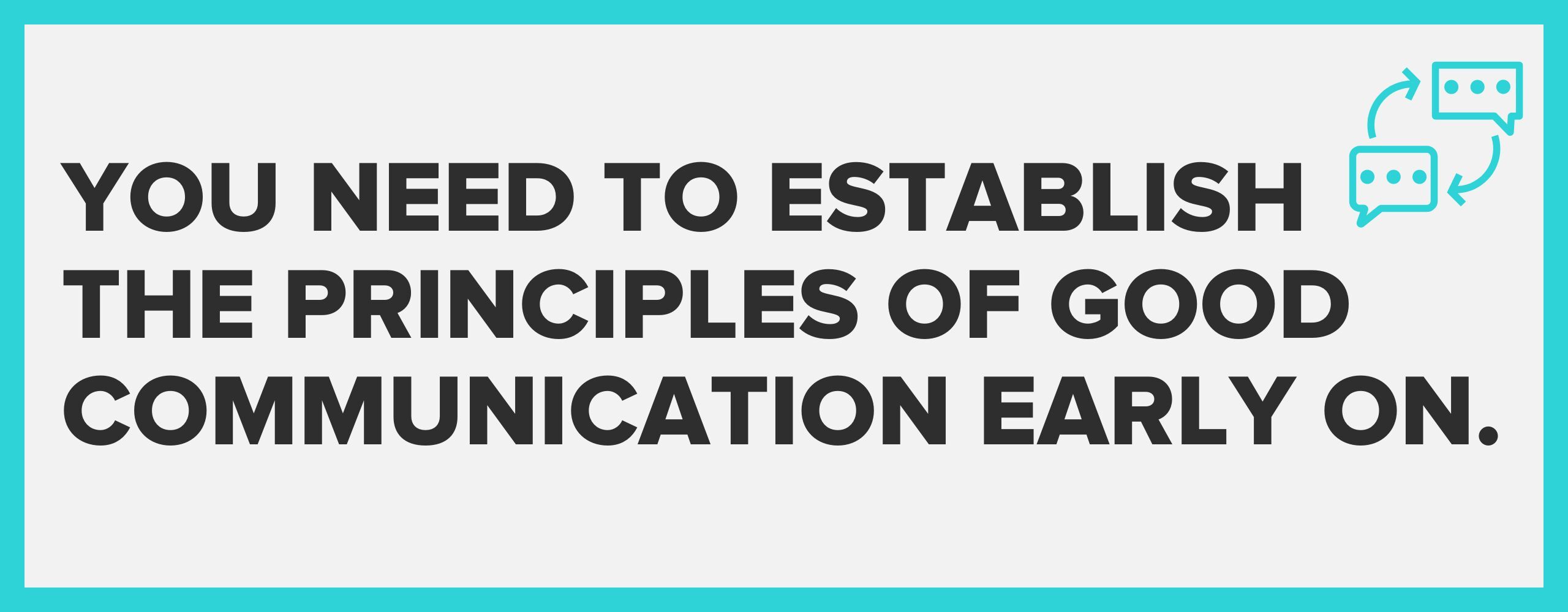
With this in mind, we work with our clients to build a “feedback is a gift” mindset. This means that we embrace the feedback process (both giving and getting) because it makes everyone better.
We consider this so important that it’s actually a core value of our company. So it’s something that we both practice and preach.
So, how do you build a “feedback is a gift” culture?
First off, we establish frequent touchpoints. A regular cadence of meetings means that issues get addressed quickly and no one dreads an upcoming session because of built-up issues. Both the client and the agency know that issues will be quickly managed and dealt with.
Maximize honesty and candor. From the beginning, we establish principles of honesty and candor. We tell the truth, even when it’s not necessarily what the client wants to hear.
Normalize feedback: In my experience, if both sides see feedback as something constructive that happens on a regular basis, people are less likely to get defensive and take things personally.
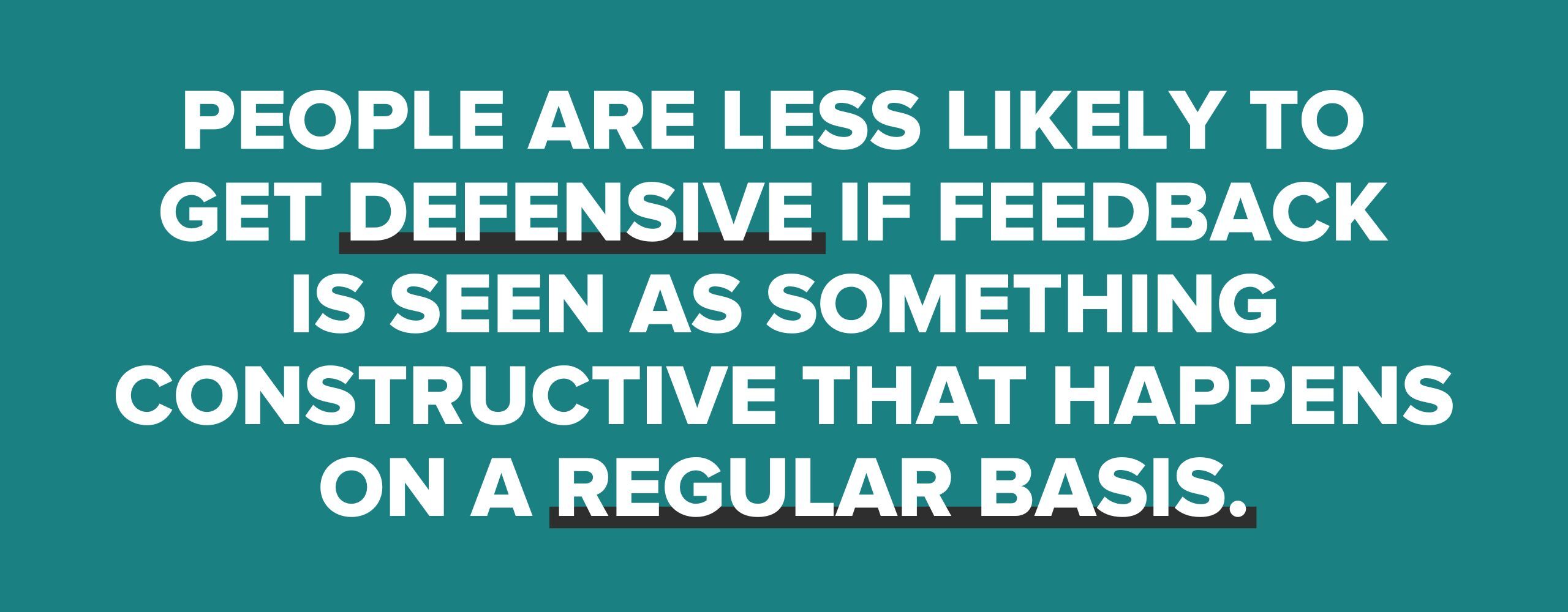
Critical feedback is especially hard to give, and this is exacerbated by so many professionals seeking to avoid conflict. As the agency or consultant, you should model the way you’d like this to be done.
Assume positive intent: You will get more value from feedback when you assume the person giving it has your growth in mind. Even if something is phrased in a touchy way, assume that no one is trying to hurt your feelings.
Know (and use) the different types of feedback:
According to Douglas Stone and Sheila Heen, authors of Thanks for the Feedback, there are three main kinds of feedback.
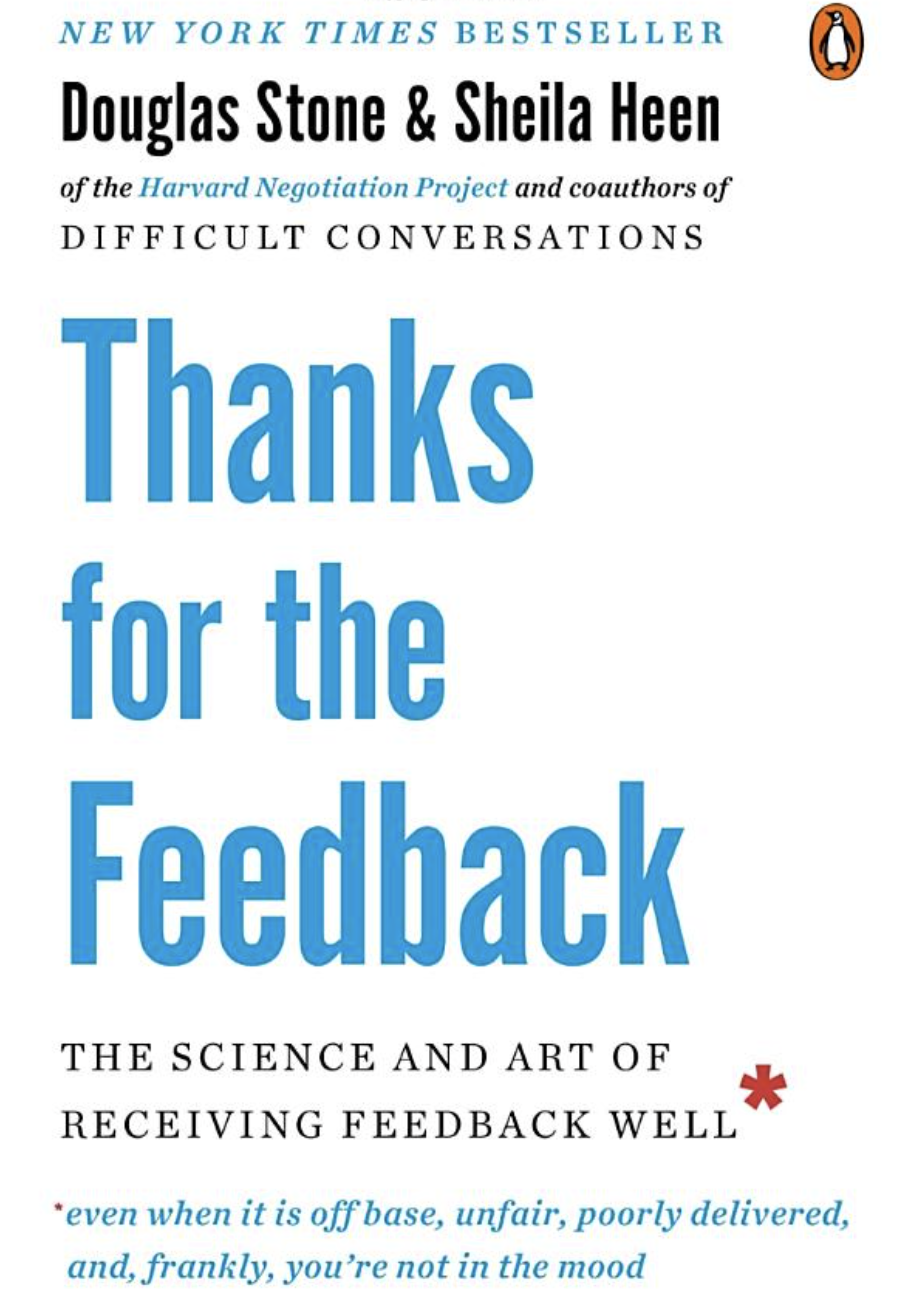
When you know the difference, you can differentiate between them. They explain the differences this way:
- Appreciation is fundamentally about relationships and human connection. At a literal level, it says, "thanks." But appreciation also conveys "I see you," "I know how hard you've been working," and "You matter to me."
- Coaching is aimed at trying to help someone learn, grow, or change. The focus is on trying to help the person improve, whether it involves a skill, an idea, knowledge, a particular practice, or that person's appearance or personality.
- Evaluation tells you where you stand. It's an assessment, ranking, or rating. Evaluations are always in some respect comparisons, implicitly or explicitly, against others or against a particular set of standards. Evaluations align expectations, clarify consequences, and inform decision-making.
When you build relationships on a foundation of trust, you’re setting conditions for a healthy flow of feedback between your team and your clients.
How to give positive feedback to clients
You and your client are a team. Their successes are your successes, so you should not hesitate to provide positive feedback when it’s warranted.
Give positive feedback right away, as soon as you identify something you’d like to highlight. Don’t wait.
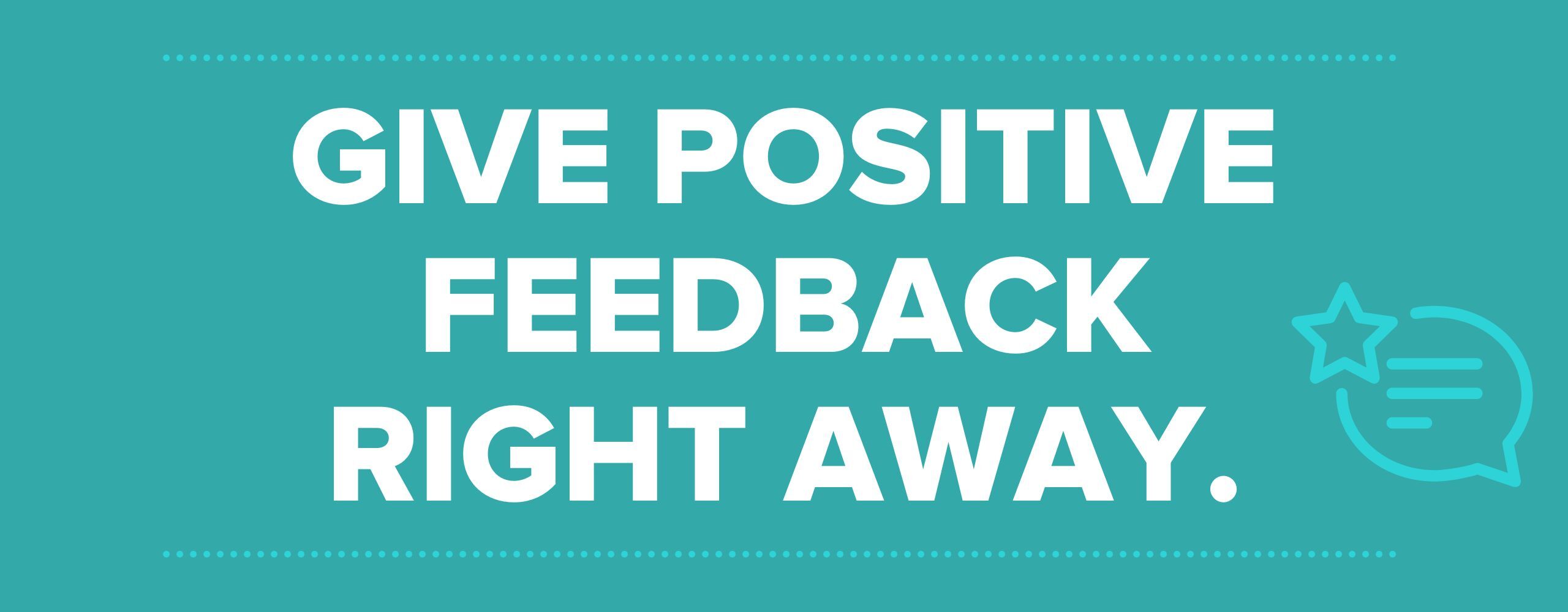
The longer the time between when you see something and when you say something, the less genuine your feedback becomes.
When and how to give positive feedback
People love positive feedback, but what they really need is valuable feedback. Just saying something is great might make the person feel good, but it’s not specific enough to be meaningful. Here are a few tips on how to make your positive feedback most effective and valuable:
- Be timely. When it comes to feedback, the sooner the better. That said, you don’t want to blurt out praise before you’ve collected your thoughts. But once you’ve thought things through, don’t wait.
- Be specific. If you like something, say why. Highlighting specifics helps a person improve and shows that you looked carefully at the work they’ve done.
- Use the right medium. Feedback can come through any channel, from positive comments in a Google Doc to recognition at a meeting or event. When you can, try to deliver positive feedback face-to-face, even if that’s through Zoom.
- Choose your moment. There’s nothing wrong with giving positive feedback in front of others. Public recognition is great for morale and camaraderie, but be sure you read the situation and person. You don’t want to make an employee feel uncomfortable. If you praise one person for something multiple team members contributed to, you run the risk of doing more harm than good.
Beware of the trap of too much praise
Remember getting a gold star in elementary school and feeling proud — only to realize everyone else got gold stars too? The more positive feedback you give, the less power it has. Don’t fall into the trap of heaping praise on everything a client does.
Instead, withhold praise until it’s really warranted — when something is truly above and beyond. What you say will mean more, and it won’t be diluted by other positive feedback that wasn’t really deserved.
How to provide critical feedback to clients
True learning only happens when we’re challenged.
As an outside expert, you have the responsibility to provide useful feedback to help your clients grow and improve. This won’t always be easy to deliver — and it won't always be easy for them to hear.
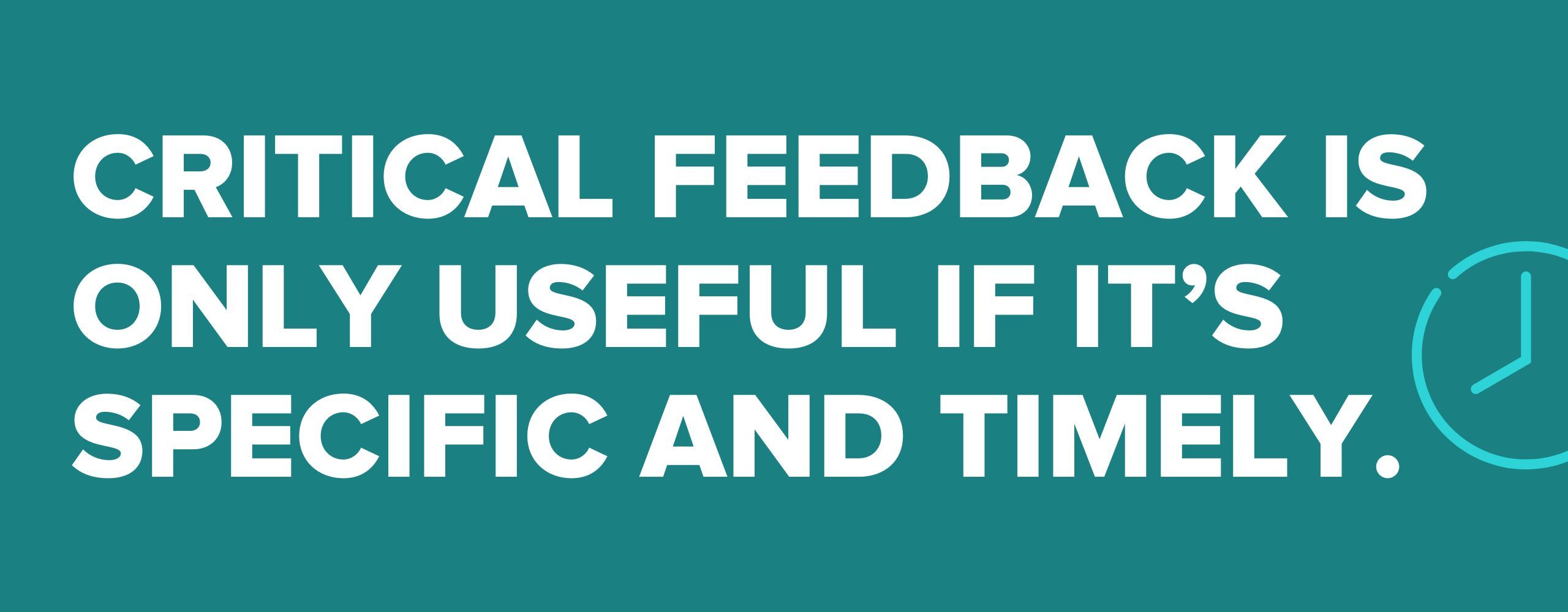
All the more reason to develop a culture of feedback that normalizes both praise and critique.
When and how to give critical feedback
Just as with praise, critical feedback is only useful if it’s specific and timely. Use these four tips to remind yourself how to do it right. You’ll quickly notice that they’re the same principles as above — just applied to a different outcome.
- Be timely. Just as with positive feedback, the sooner the better. Let your clients know your objections as soon as you can. The longer you wait, the more work may have to get undone.
- Be specific. Generalized praise is not very helpful, but at least it makes people feel good. Vague, general criticism is the worst. It’s way more likely to be taken personally, and it makes people second-guess themselves.
- Use the right medium. Feedback can travel along many channels, but I believe critical feedback is most effective when it's put in writing — and explained in speech. It’s less likely to be misconstrued — and the person can refer back to it. Try to never give negative feedback asynchronously. Instead, deliver it in a way where the person receiving the feedback can ask questions and seek clarity in real-time.
- Choose your moment. There’s an old saying in coaching: Praise FROM the sideline, criticize AT the sideline. While positive feedback can be public, negative feedback never should be. Find the right time to offer the feedback the customer needs to hear. But don’t keep waiting for the moment to present itself. If necessary, set up a meeting so the feedback can happen before too much time passes.
Remember, feedback is a two-way street
Your relationship with your clients is mutually beneficial. Remember, their success is your success, and their challenges are your challenges.
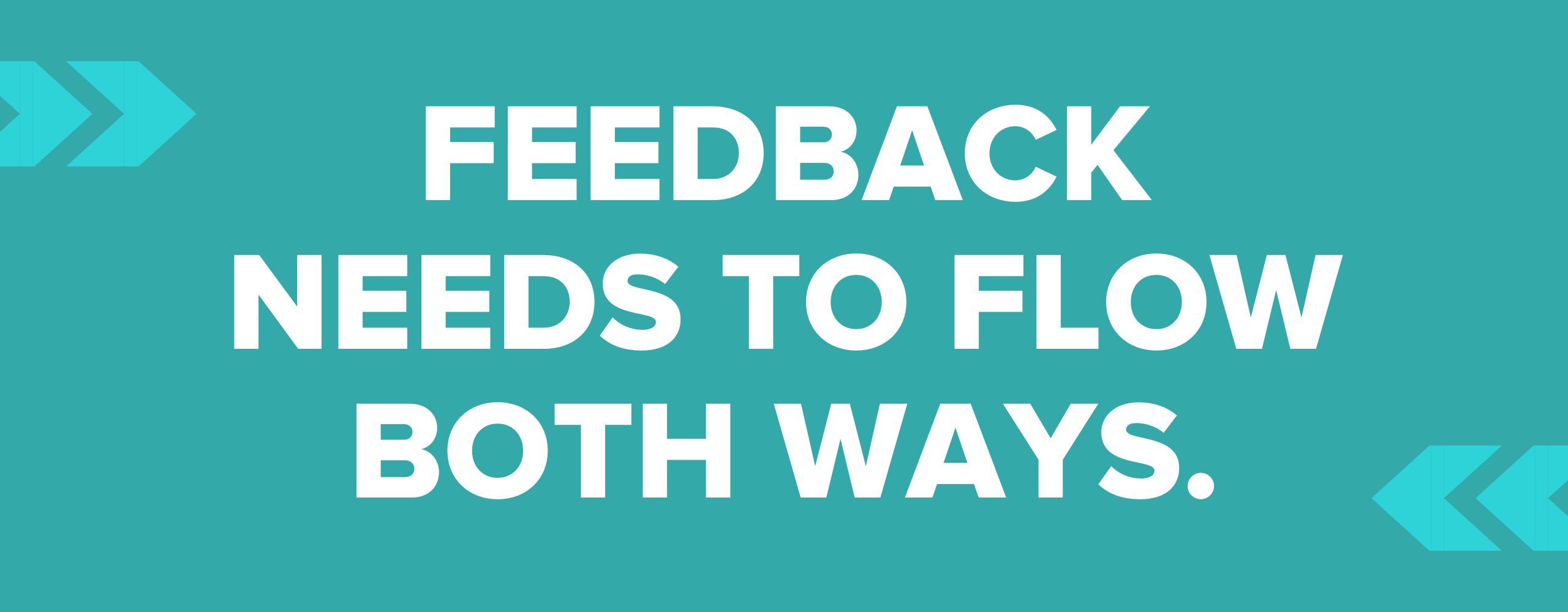
To establish the best possible relationship, feedback needs to flow both ways. Any marketing agency or consultant needs to collect feedback on a regular basis to improve the work they do for clients, especially on the following:
- Customer experience: A customer survey or feedback form is good — but so is a face-to-face session like a group interview. This is where you’ll collect high-quality feedback that speaks to the customer experience. If you don’t request feedback, you won’t get it. Clients may be thrilled or they may be unhappy, but you won’t know until they suddenly decide to stop working with you.
- Specific deliverables or services: You’ll also need feedback on specific things: email copy, training sessions, a blog post, or strategy documents. To get good feedback, give good feedback. If you’ve established a solid relationship and given constructive feedback to your clients, they should be comfortable doing the same for you.
But you need to ask for it. Specific feedback at the right time through the right medium doesn't just happen.
If you want specifics, don’t ask vague, open-ended questions. If you want feedback through a certain medium, ask for it.
And when you get it, assume positive intent. Feedback makes you better, but only if people actually give it to you.
Giving feedback and gathering feedback
If you’ve ever felt attacked, picked on, or micromanaged at work, you know what it does to a person. You end up feeling withdrawn, defensive, and hurt.
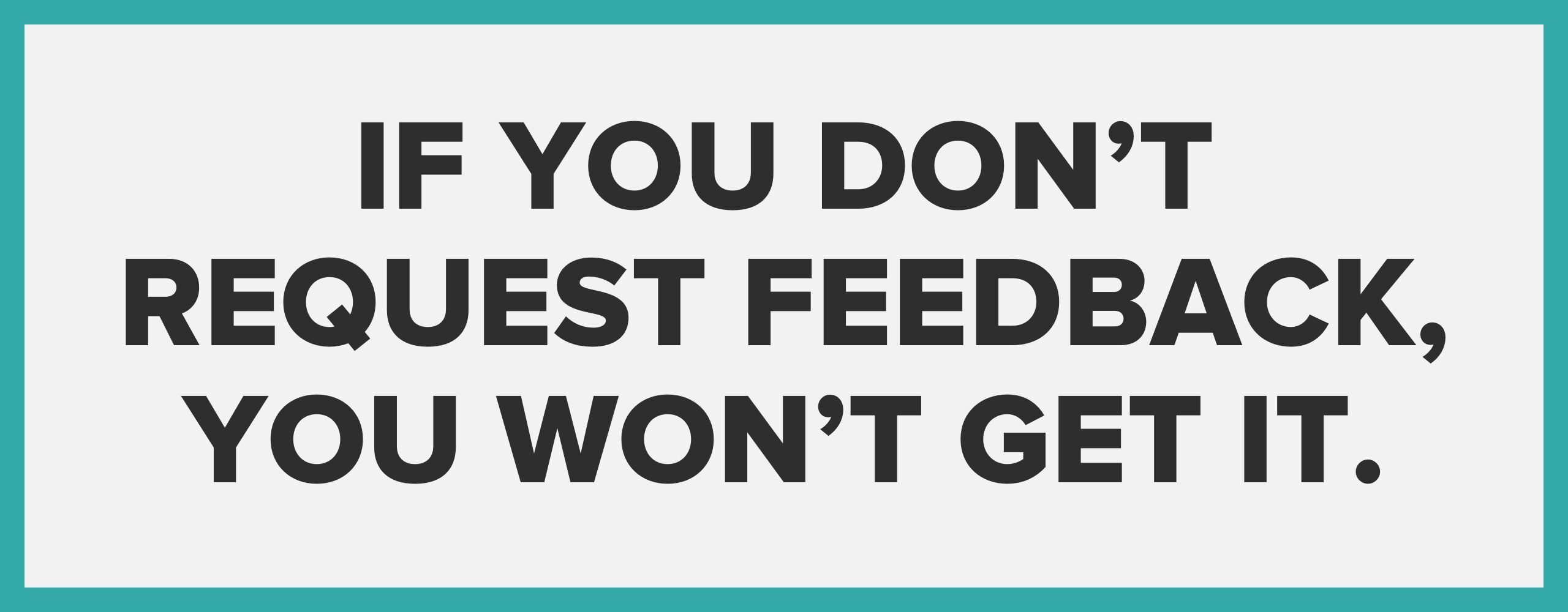
Unfortunately, many people associate feedback with these emotions because feedback is often given in the wrong way at the wrong time.
In order for your relationships with clients to be as fruitful and effective as possible, feedback has to be normalized, and it has to flow both ways. Set the conditions early so that feedback — both positive and critical — happens regularly and is a catalyst for growth.
When delivered well, feedback can help your clients set their course to success.


Order Your Copy of Marcus Sheridan's New Book — Endless Customers!